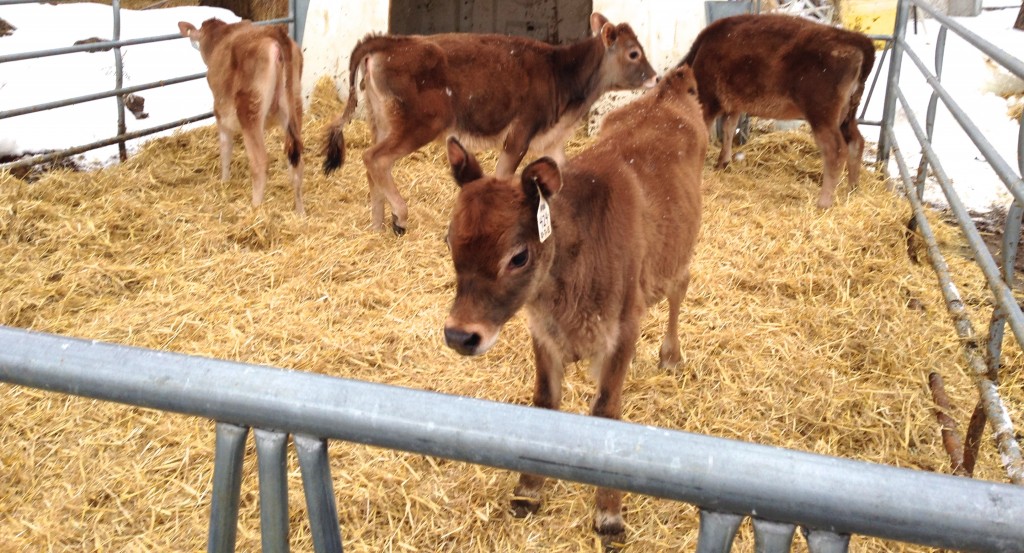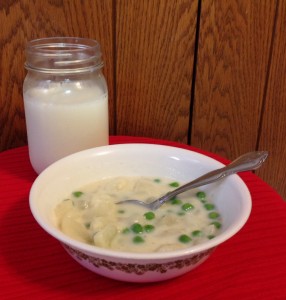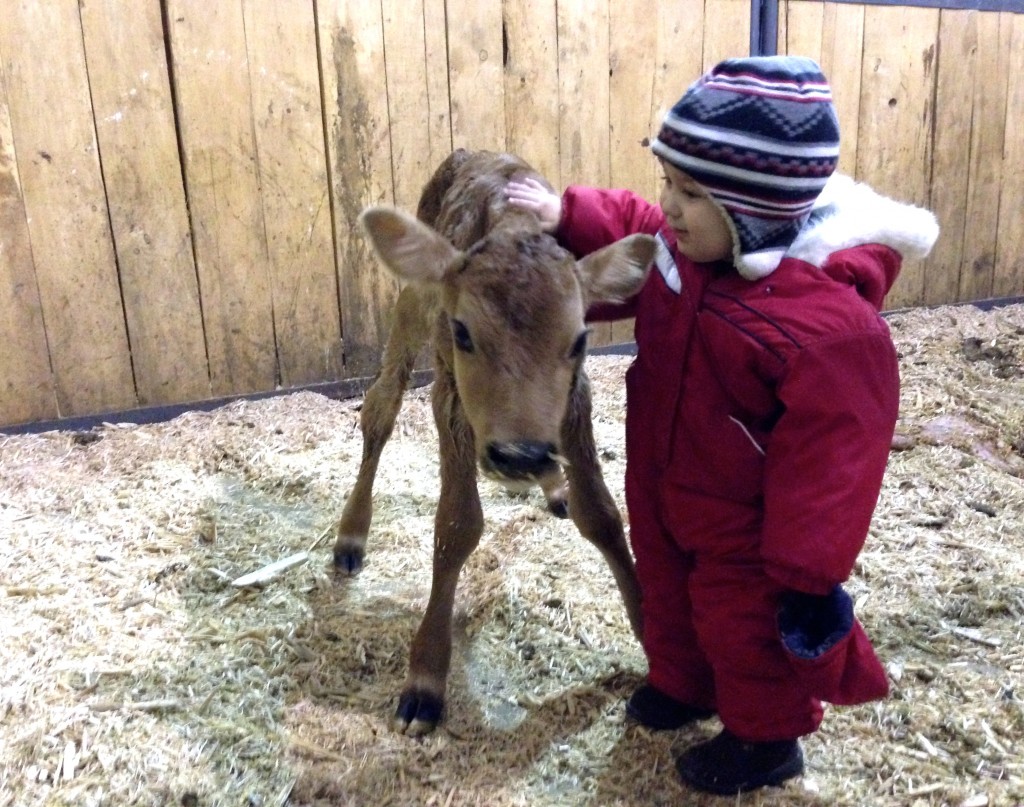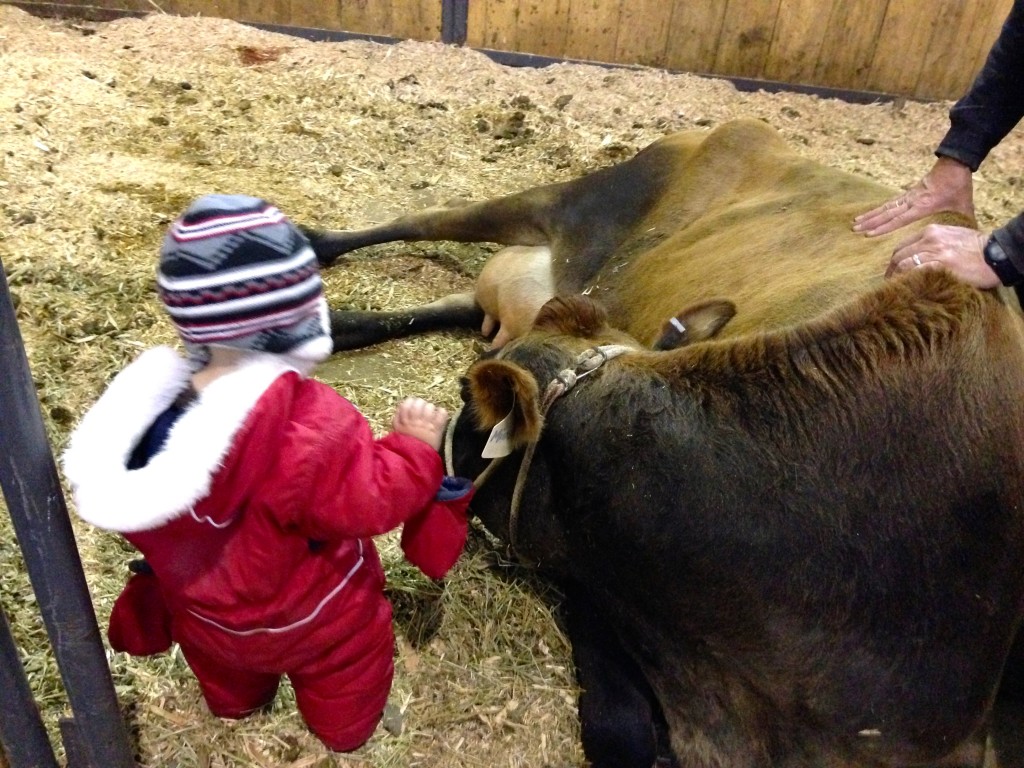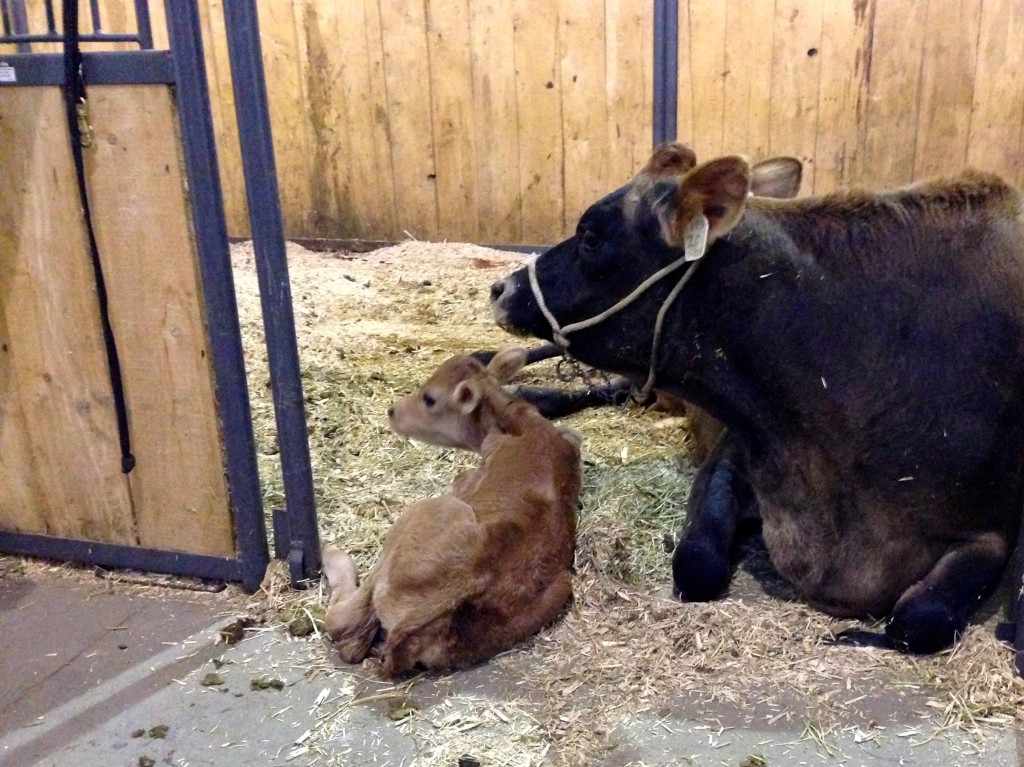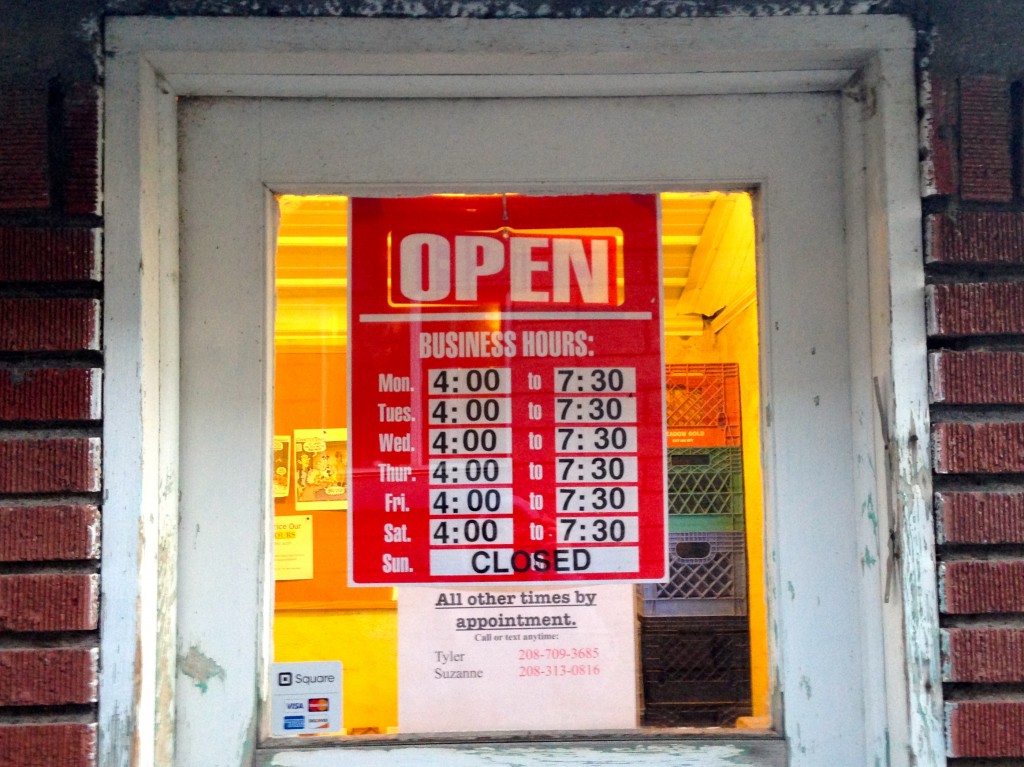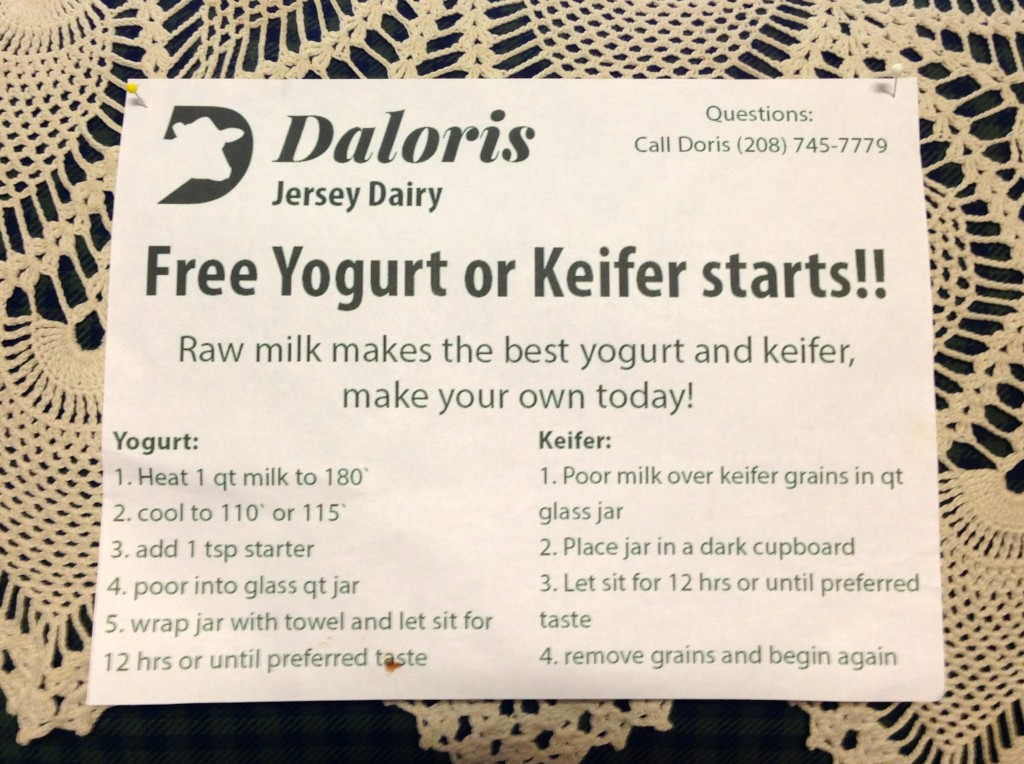Instructions for making
Butter
(As Suzanne Mortimer does it.)
Hard copies available in our store.
Use two Daloris Jersey Dairy bottles(one gallon raw milk).
1 – Let the cream rise to the top of the bottles in your fridge. It should only take a couple hours before you see the cream line near the top of the Daloris Dairy label.
*You may also pour the milk into your own large mouth jar. This may be easier to scoop the cream off the top.
2 – Using a turkey baster, suck the cream off of the top and put it into a mason jar. There should be nearly a quart of cream from a whole gallon of milk (or two Daloris Dairy bottles). It is okay to suck up some milk, it will not affect the butter making process.
3 – Once you have the desired amount of cream, set it out until it has reached room temperature. Butter won’t be able to stick together if it’s too cold, and if cream is too warm the butter will melt into the cream and won’t coagulate.
*Note: There is no set time it takes for your cream to warm, it all depends on the temperature of your kitchen.
4 – Place your cream in the blender and blend on medium for several minutes. The amount of time needed will vary depending on how fresh your cream is and the temperature of the cream. The older the cream, the thicker the consistency the faster it whips into butter. Most cream will become thick like whipped cream before it separates into butter and buttermilk. The sound of the blender will change and you will notice light yellow clumps spinning in off-white buttermilk. Stop the blender.
5 – Strain the butter out of the buttermilk by pouring out the buttermilk and hold back the butter with a spatula, or pour all blender contents into thin strainer.
6 – Rinse butter with cold water to remove all droplets of buttermilk. The buttermilk gives the butter a cheesy taste that isn’t preferred by those that are wanting just pure and simple butter. After separating the butter from the buttermilk, you can pour COLD water into the blender and blend again for a few seconds to agitate the buttermilk droplets out of the butter. That opaque water will need to be poured out, and new cold water poured in, and repeated until the water is clear. This may only take two rinses.
7- Mold the butter into a ball. Knead that ball of butter under cold water for one final rinse. If you want to add salt, add now by sprinkling the surface of your butter ball with salt and kneading it in. It doesn’t take much, unless you like very salty butter.
Yields approx one cup butter.
Feel free to call Suzanne Mortimer at (208)313-0816 or Doris Mortimer at (208)745-7779 with any questions. Both Mortimer’s welcome anyone who wants to come and be shown how to make butter at anytime. If you are coming for milk, feel free to give Suzanne a call and she can set out some cream and have it ready to show the process from cream to butter in just five minutes. Doris also holds classes for making butter, yogurt, and kefir. Information on those will be posted on our website, www.dalorisdairy.com
Helpful references:
http://www.cheesemaking.com/Butter.html
“The cream from Jersey cows produces the best butter because of its higher fat content milk, plus the fact that their fat is dispersed in larger globules than milk from other types of cows and tends to churn into butter more easily.”

